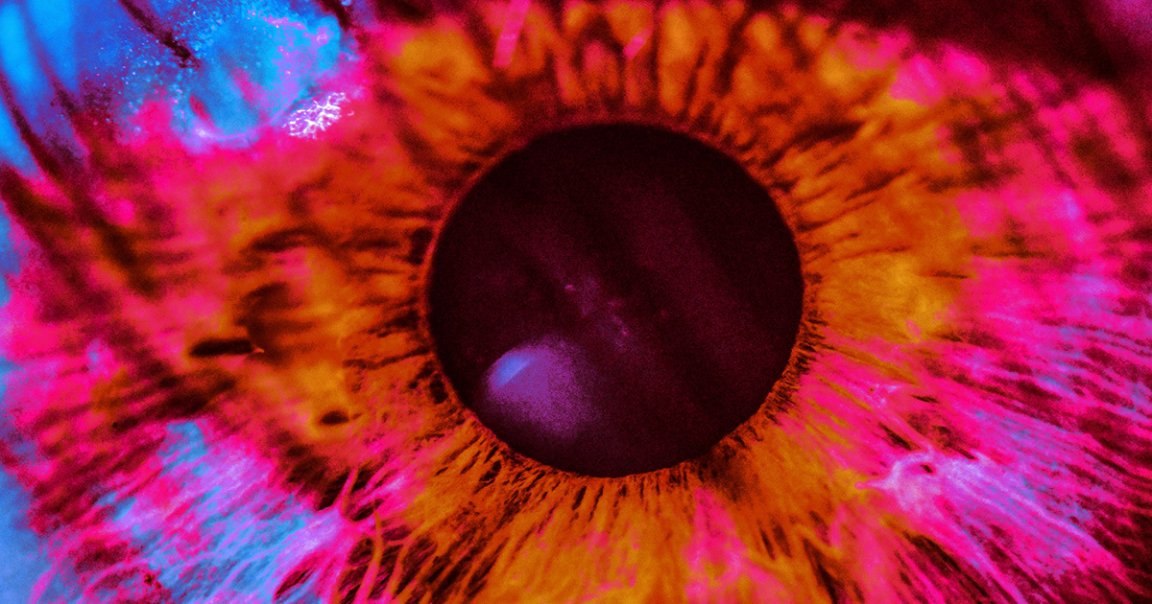
Aye-Eye!
Scientists are still trying to understand the toll that spaceflight takes on the human body.
With SpaceX’s civilian Polar Dawn mission, which lasted five days and wrapped up last month, we’re getting an opportunity to observe the effects on more or less average humans — rather than the elite, highly trained government astronauts who are normally the ones that spend so much time in orbit.
Some of what they’re reporting sounds a little worrying. At the top of the list: inexplicably malfunctioning eyeballs.
“My vision acuity started to deteriorate those first few days,” Scott “Kidd” Poteet, a former US Air Force pilot who served as pilot of the mission, told CNN of the journey.
Totally Rad
Accounts like these are a rude reminder that there’s still a lot to learn about our own bodies before we pursue lengthy off-world projects like traveling to Mars. To closely gauge the effects that spaceflight had on their health, the Polaris Dawn team repeatedly carried out medical experiments throughout their stay in orbit.
As it turns out, Poteet’s faltering vision wasn’t the end of the crew’s optic oddities. Jared Isaacman, the mission’s commander and a billionaire entrepreneur, told CNN he saw “sparkles or lights” when he closed his eyes, a mysterious symptom related to space radiation that other astronauts have reported.
Persistent radiation is a factor anywhere in space, but the mission brought the astronauts to an altitude several times higher than the International Space Station, putting them into a region of particularly intense radiation called the Van Allen belts, which surround our planet and must be traversed to reach deeper in the Solar System.
Ocular Rift
What caused Poteet’s vision to deteriorate is likely a condition known as spaceflight associated neuro-ocular syndrome, or SANS. This is believed to be the result of a microgravity environment, which causes the optic nerve to swell, and fluids in the eye and brain to shift.
SANS is still poorly understood. All four crew members wore high-tech, cyberpunk-looking contact lenses to measure intraocular pressure throughout the mission, in the hopes of teasing out its causes.
Poteet said his vision quickly returned to normal once he was back on Earth. But as SpaceX engineer and the mission’s medical officer Anna Menon told CNN, the effects — if unaddressed — could be disastrous in the long term.
“If you think of a future where there’s thousands of people living in space and they eventually — after nine months’ travel — you get to the surface of Mars, and a huge percentage (of people) have vision changes that make them unable to do their work, unable to read their procedures — that’s a big problem,” she said.
More on spaceflight: NASA Abandons Boeing’s Cursed Starliner for Upcoming Missions to the Space Station